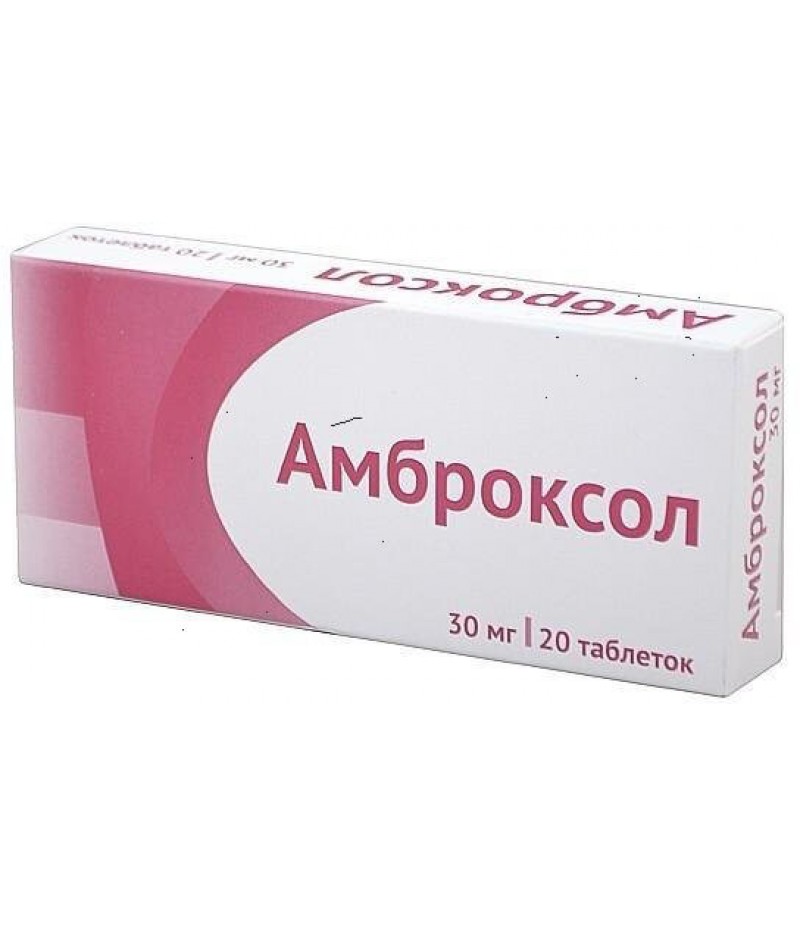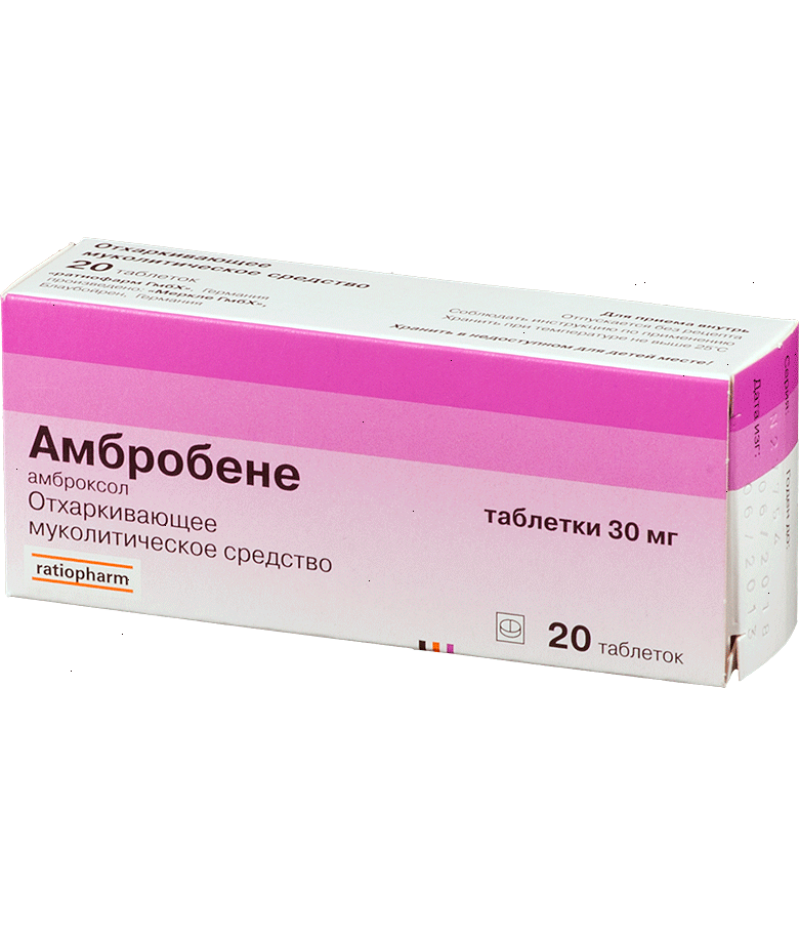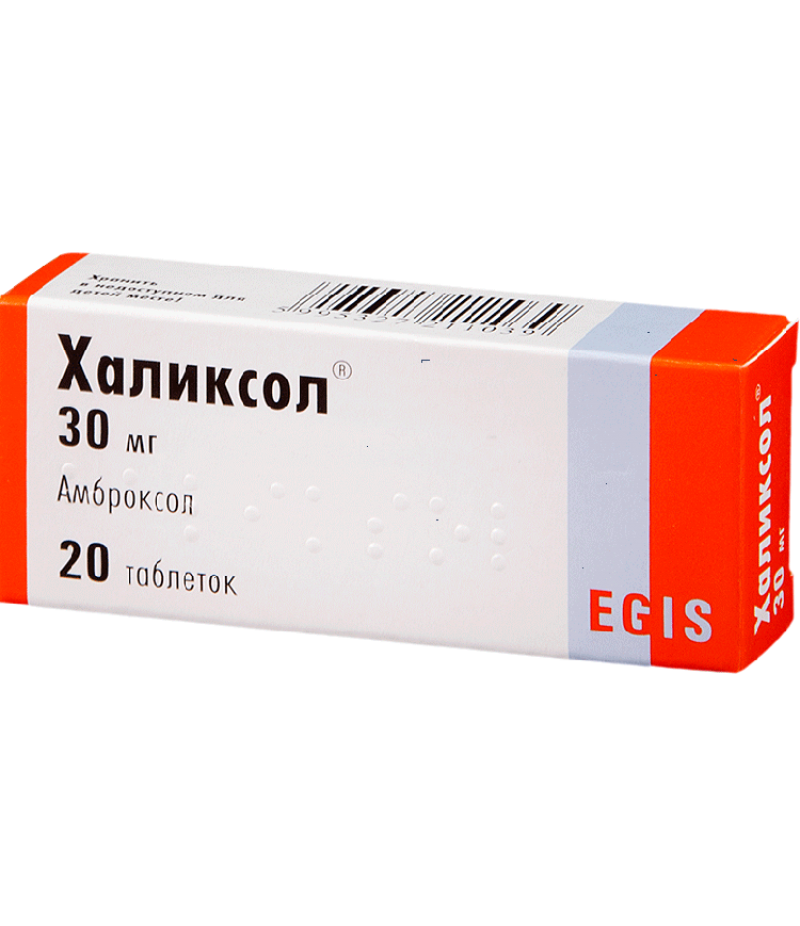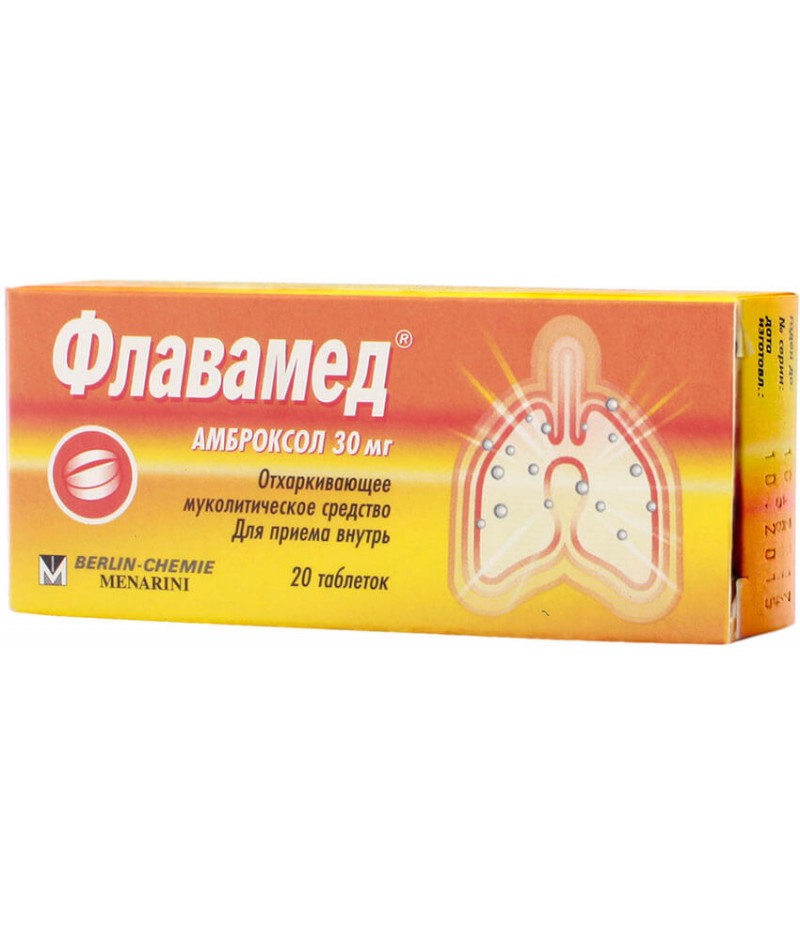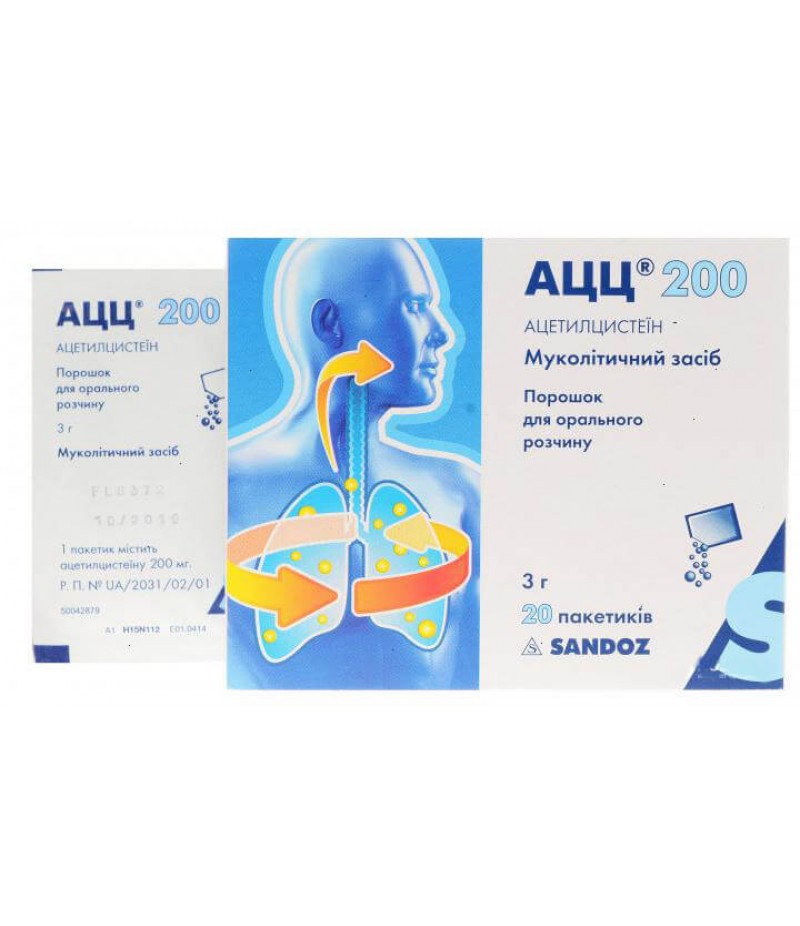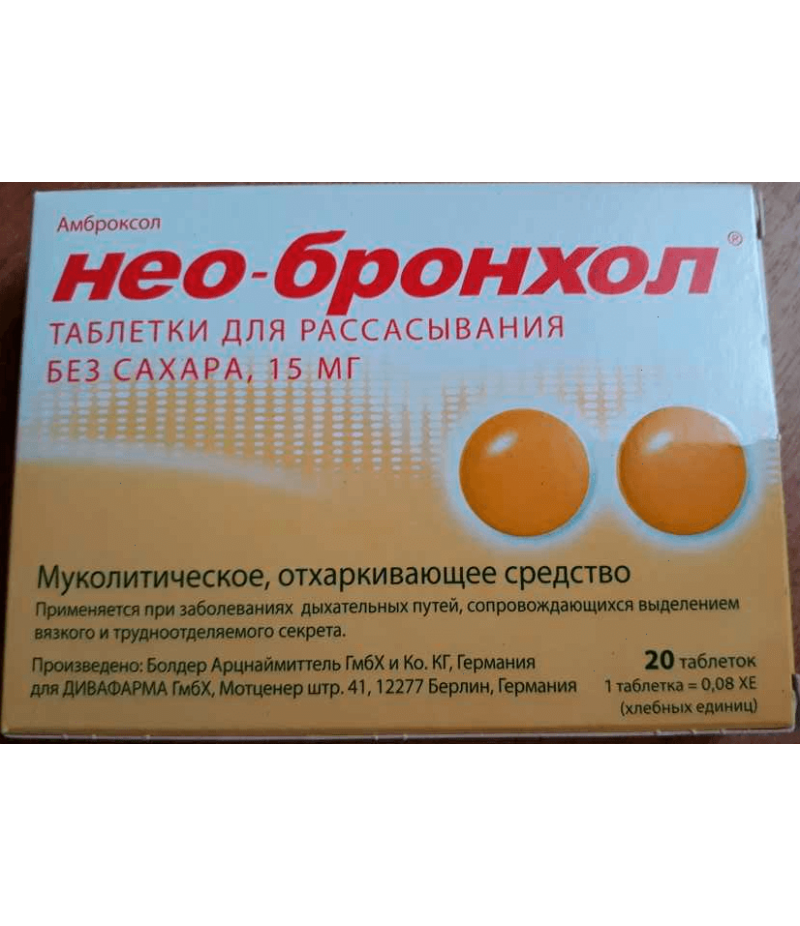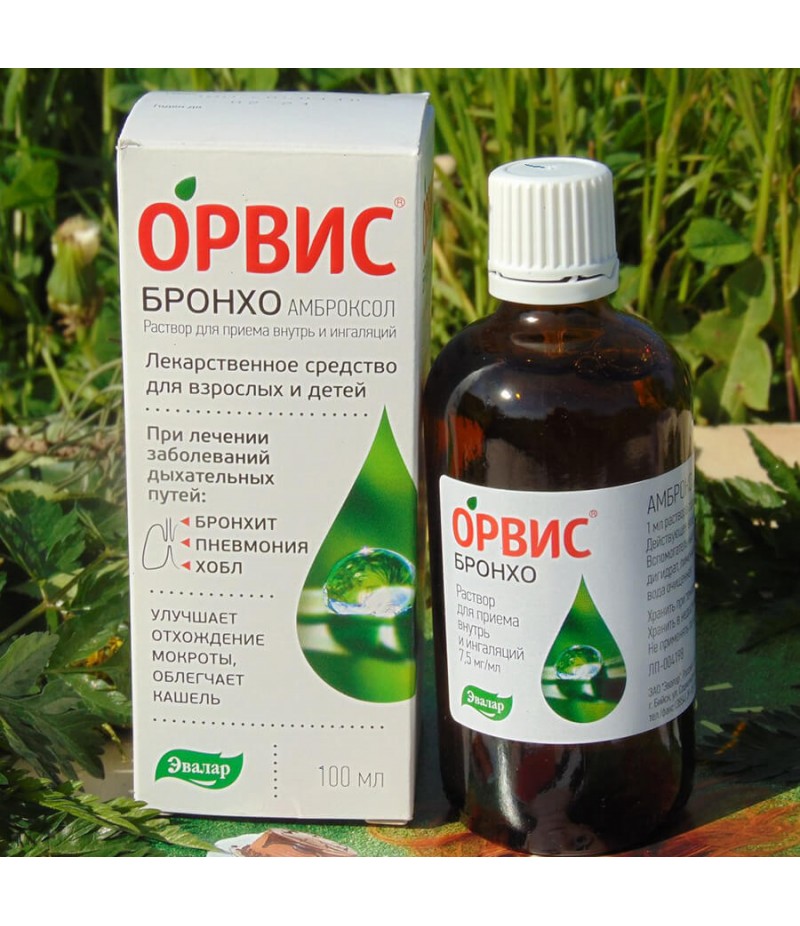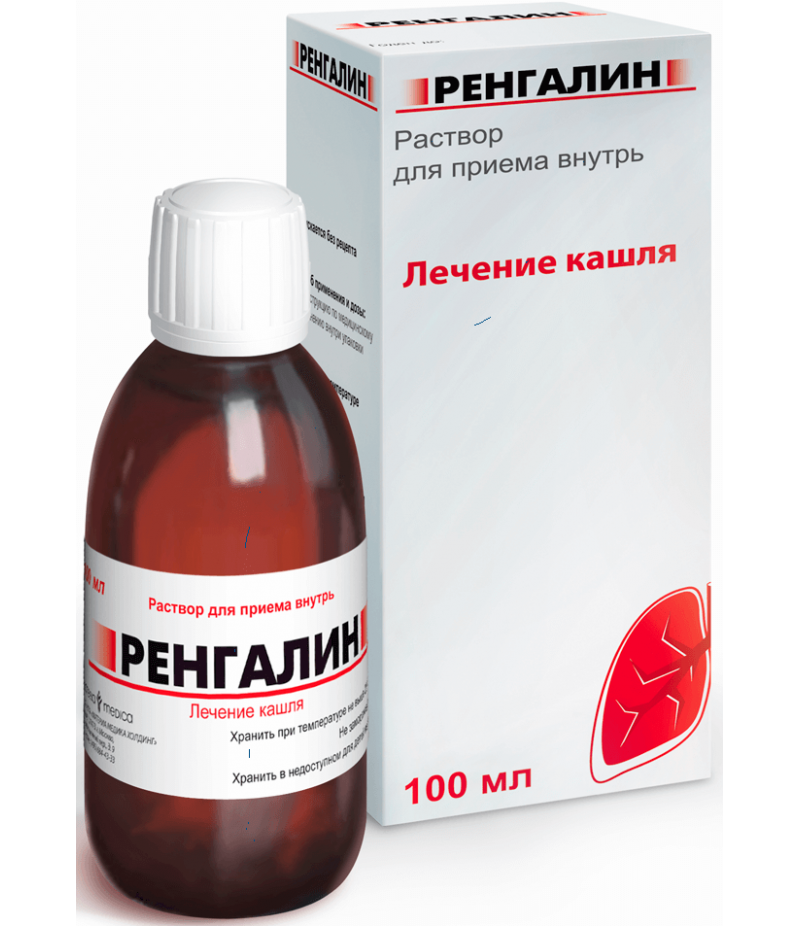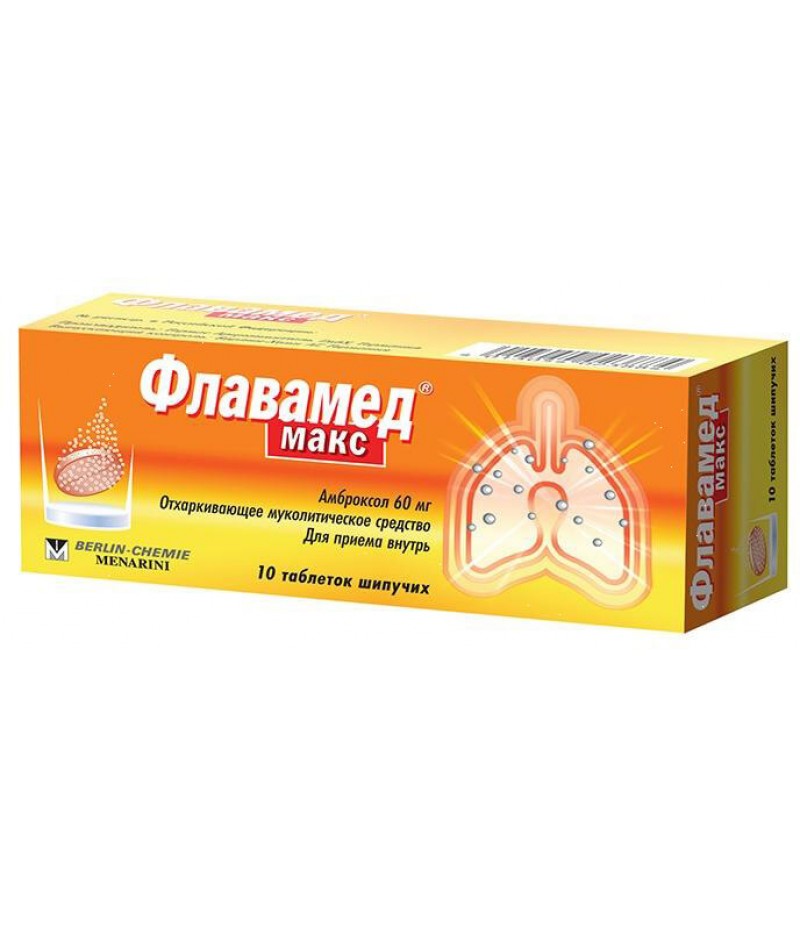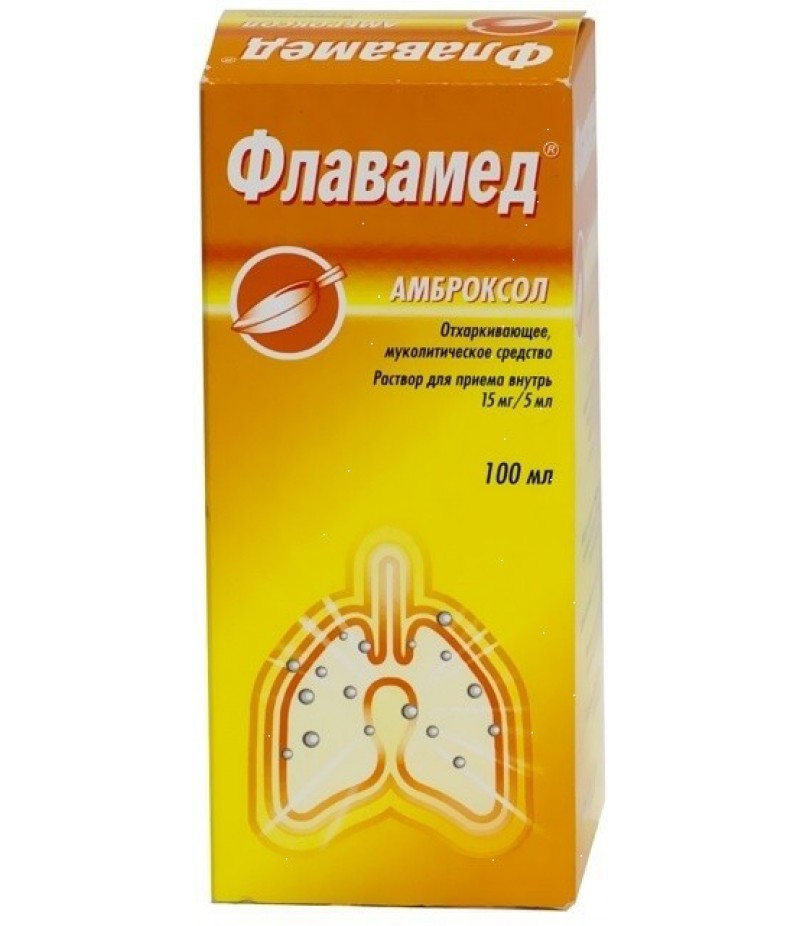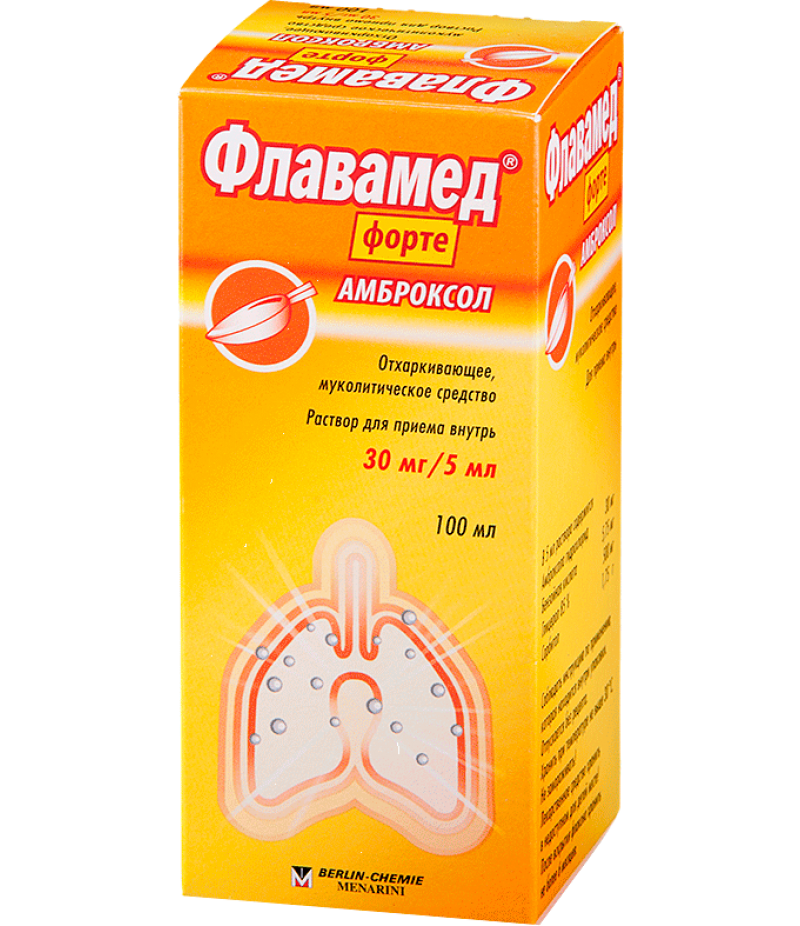Ambroxol tabs 30mg #20
- $5.47
- 3 or more $5.25
- Availability:In Stock
Ambroxol instruction for useReed more and buy Ambroxol on this pageProduct: tablets.Dosage form: Plate cylindrical tablets of white or yellowish-white color with a chamfer and a facet.Clinical and pharmacological group: mucolytic ..
Tags: tabs
Ambroxol instruction for use
Reed more and buy Ambroxol on this page
Product: tablets.
Dosage form: Plate cylindrical tablets of white or yellowish-white color with a chamfer and a facet.
Clinical and pharmacological group: mucolytic and expectorant drug
Pharmacotherapeutic group: a means for liquefying phlegm
Composition
Active substance: Ambroxol hydrochloride - 30 mg / mg
Auxiliary components:
calcium stearate;
potato starch;
lactose monohydrate;
colloidal anhydrous silicon dioxide.
Pharmacodynamics
Mucolytic (liquefying phlegm), which has an expectorant, secretolitic and secretory effect. Due to the depolymerization of mucopolysaccharides contained in sputum, the drug helps to reduce the viscosity of phlegm, normalizes the ratio of serous and mucous components, increases the motor activity of the ciliated epithelium, increases mucolytic transport (removal of pathogenic agents), and facilitates the excretion of sputum from the respiratory tract. Providing direct influence on Clark cells located in the bronchioles of the lungs, and on the alveolar pneumocytes of type II, Ambroxol promotes the activation of the surfactant (a surfactant, which prevents the alveolar depletion on expiration).
The therapeutic effect occurs 30 minutes after taking the drug. Duration of action, depending on the dose taken - 6-12 hours.
Pharmacokinetics
When administered orally Ambroxol quickly and almost completely absorbed from the gastrointestinal tract into tissues, accumulating in the lungs in the largest amounts. The maximum concentration reaches in 1-3 hours.
Absolute bioavailability, due to biotransformation of the drug substance, decreases by about 1/3. Dibromanthral acid and glucuronides, formed as a result of per-systemic metabolism, are excreted by the kidneys.
Binding to plasma proteins - 80-90%. 90% of the drug is excreted in the form of metabolites, 10% - unchanged. Due to the high connection with plasma proteins, a large initial volume of distribution and a slow redistribution from tissues to the blood during forced diuresis and dialysis, no significant drug release occurs.
In severe liver pathologies, Ambroxol clearance is reduced by 20-40%. In severe renal disorders, T1 / 2 metabolites of the drug increases.
Ambroxol is able to penetrate into the cerebrospinal fluid, pass through the placenta and enter the breast milk.
Indications for use
Acute and chronic pathology of the respiratory system, which occur with impaired spitting and spitting;
Acute bronchitis;
Chronic bronchitis, unspecified etiology;
Bronchoectatic disease;
Bronchial asthma;
Chronic obstructive pulmonary disease (COPD);
Respiratory distress syndrome in newborns and premature infants;
Bacterial pneumonia, unspecified etiology.
Dosage
The duration of treatment is chosen strictly individually, taking into account the natural course of the pathological process. Without the appointment of a doctor, the drug is not recommended for taking more than 4-5 days. During the period of application of the medicinal product, an abundant drink is prescribed (sputum liquefaction requires the intake of a large amount of liquid). Tablets should be taken after meals, washed down with water.
Children from 6 to 12 years - ½ tablets (15 mg) 2-3 times a day;
Children over 12 years and adults - 1 tablet (30 mg) 3 times a day. After 8-10 days, the dose should be reduced to a two-time dose.
Side effects of Ambroxol
From the side of the digestive tract: abdominal pain, nausea, vomiting, diarrhea, constipation (from ≥0.1% to <1%);
Allergic reactions: skin rash, itching, hives, angioedema (from ≥ 0.1% to <1%);
Anaphylactic reactions, including anaphylactic shock (<0.01%);
General disorders: headache, weakness, febrile state (from ≥0.1% to <1%);
Other: rhinorrhea, drying of the mucous membrane of the oral cavity and respiratory tract, dysuric disorders, exanthematous eruptions (from ≥0.1% to <1%).
Contraindications to use
Hypersensitivity to the components of the drug;
Individual intolerance to fructose;
Glucosegalactose malabsorption;
Deficiency of isomaltose / sucrose;
I trimester of pregnancy.
Patients with increased sputum formation (fixed cilia syndrome), impaired motor function of the bronchi, with exacerbation of peptic ulcer and 12-p. guts, in the II and III trimester of pregnancy and during lactation it is necessary to observe the rules of reception and precautions.
In severe renal and hepatic pathologies Ambroxol tablets are taken in a lower dose, or between intervals are maintained at large intervals.
To date, medicine does not have accurate data on the use of the drug in the first 28 weeks of pregnancy. In the second and third trimesters, the use of a drug should only be carried out with the permission of the doctor, after carefully weighing the ratio of the intended benefit of therapy to the mother and the potential risk to the fetus.
The use of Ambroxol tablets by women during breastfeeding has also not been adequately studied. The decision on the expediency of taking medication is taken by the attending physician. This takes into account the risk to the child and the expected benefits for the mother.
When carrying out experiments on animals, it was found that Ambroxol does not have a teratogenic effect (does not disturb the processes of embryogenesis), is reabsorbed from human milk.
Interaction Ambroxol with other medicinal products
With the simultaneous use of Ambroxol tablets with other antitussive drugs that inhibit cough reflex, sputum stagnation may occur, leading to the development of sufficiently dangerous conditions. Therefore, such combinations of drugs should be selected with extreme caution.
The combined use of Ambroxol and antibacterial drugs (amoxicillin, erythromycin, cefuroxime and doxycycline) leads to a significant increase in the concentration of etiotropic components in the bronchial secretion.
special instructions
With changes from the skin and mucous membranes, the drug should be stopped and consulted by a doctor.
Data on the impact on the ability to drive vehicles and manage various mechanisms are not available.
Overdose
At an overdose of a preparation of signs an intoxication was revealed. Perhaps the development of diarrhea and the appearance of signs of nervous excitation. When taking excessively large doses, there may be a decrease in blood pressure, increased salivation, nausea and vomiting. In this situation, in the first 1-2 hours after using the drug, the affected person should do gastric lavage, and, if necessary, apply other methods of intensive care. The patient is then given symptomatic treatment.
Terms of implementation
You can buy Ambroxol without a prescription.
Storage conditions
Store in a dark place, protected from light and moisture, out of reach of children, at a temperature not exceeding 25 ° C.
Shelf life
Ambroxol in tablet form is suitable for use within 3 years from the date of manufacture. Use the product at the expiration date indicated on the package, it is prohibited.

